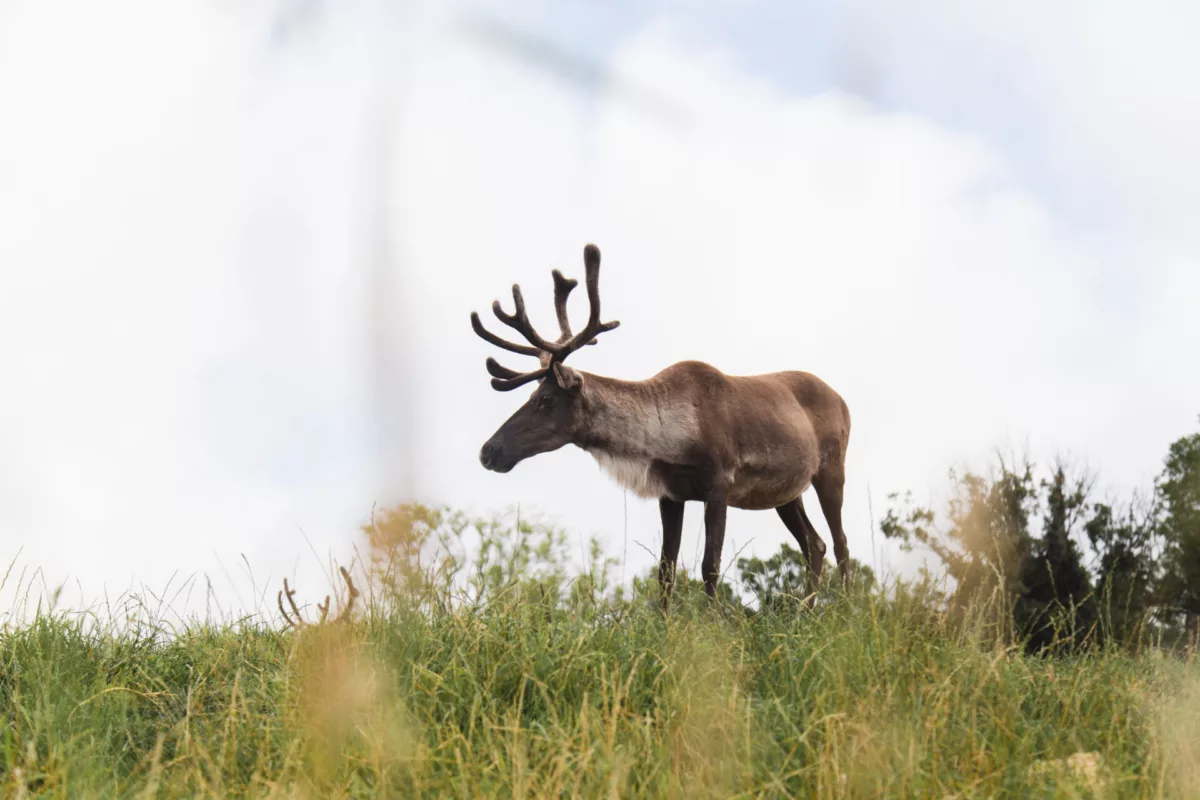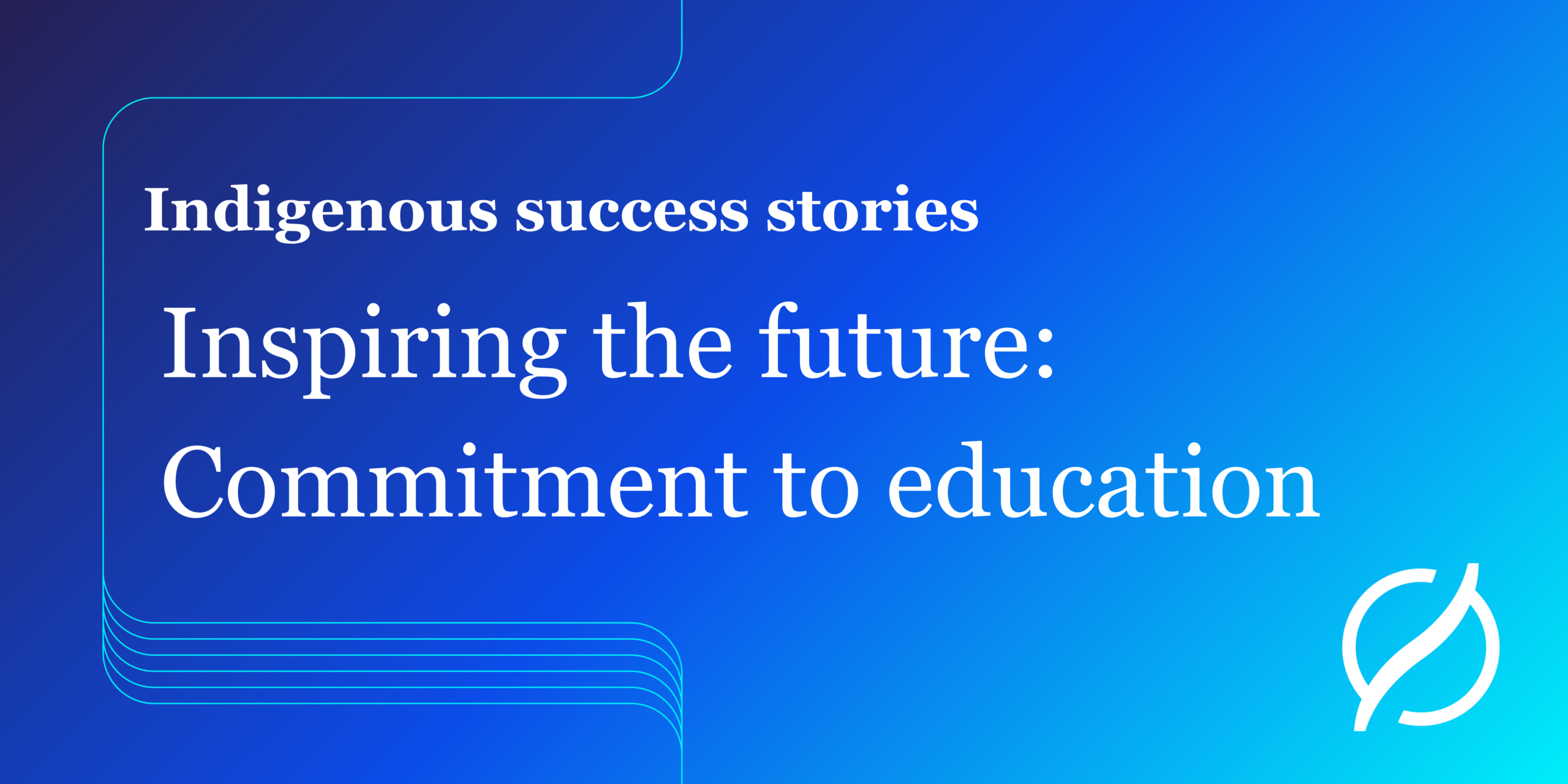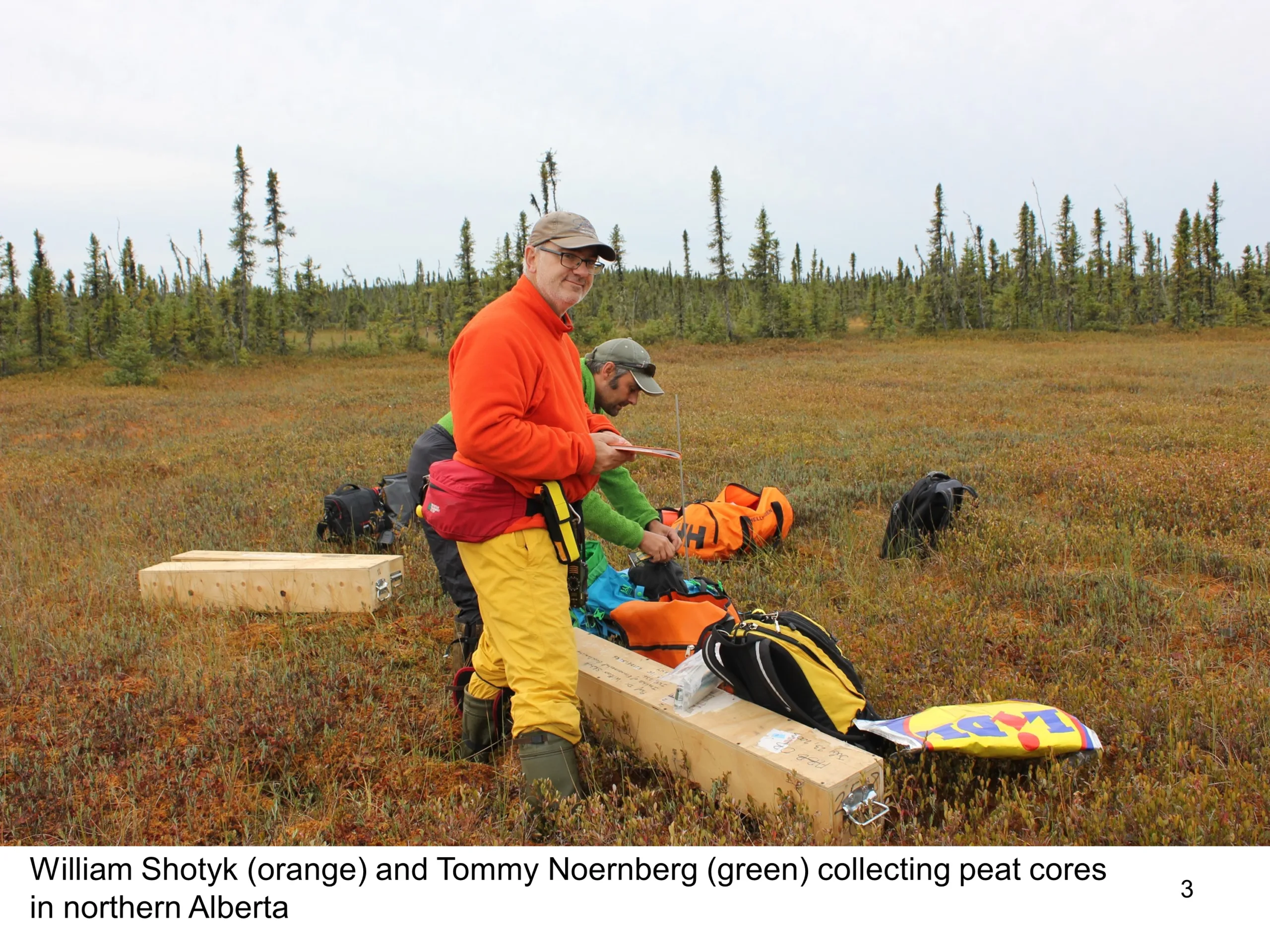Restoring Caribou Habitat

Efforts by Canada’s oil sands industry to lessen its environmental footprint have resulted in globally significant work to reduce impacts to air, water and land and support biodiversity in Alberta’s boreal forest.
The industry aspires to be a world leader in environmental management.
Here’s one example of the work underway by Pathways Alliance companies: restoring caribou habitat.
Restoring Woodland Caribou Habitat
Woodland caribou are one of Canada’s most iconic animals. But today their populations are under threat. They face degradation of their habitat and are increasingly hunted by wolves, which travel along old man-made pathways that cross the northern landscape.
To help restore their habitat, Cenovus Energy is leading a $40-million project to reduce forest fragmentation in areas roamed by caribou. The company’s focus is on the Cold Lake region of northeastern Alberta, where its Foster Creek and Christina Lake oil sands projects are located.
“This is ultimately the largest caribou habitat restoration project being undertaken by a company anywhere in the world,” says Michael Cody, Cenovus Specialist, Environment.
By 2030, the company plans to treat 3,500 kilometres of “linear features” (that’s the name used to describe old corridors cut into the forest for seismic work, access roads, power lines and other activities – remnants from oil and gas activity, forestry and otherwise). One of the goals is to reduce wolf travel along these routes.
The company has also committed to plant about four million trees to help restore the habitat caribou need to thrive. When the project is completed, this work will cover nearly half of the Cold Lake caribou range, Cody says.
For more than a decade, Cenovus has taken a strong leadership role on caribou recovery—ever since Cody and others at Cenovus began to study the issue of caribou habitat loss in the boreal forest throughout the region.
“Habitat degradation is connected with linear features that have been developed over the years and still remain on the landscape,” Cody explains. “This was something we wanted to address through silviculture practices that would promote recovery of a healthy forest.”
Starting in 2008 and then expanded during 2012 to 2015, the company carried out a pilot study to evaluate different recovery techniques. Sufficiently confident with the results, Cenovus committed to expand forest habitat restoration to landscape scale. They launched the $32-million Cenovus Caribou Habitat Restoration Project (later increased to $40 million) to restore land within caribou ranges impacted by industrial activity.
These pilot efforts were shared with other companies through COSIA, the innovation arm of Pathways Alliance. In 2016, Cenovus opened up the new project to collaboration with other Pathways Alliance members.


Today, workers are carrying out a number of silviculture-based restoration techniques in the Cold Lake region to promote forest growth—cultivating ground, adding woody debris, and planting seedlings on mounds. They are also bending trees into the linear pathways. By closing in long open stretches, they hope to reduce the movement efficiency on linear features and make it harder for wolves and other predators to hunt caribou.
In addition, Cenovus has adopted an Environment, Social and Governance (ESG) goal to restore more habitat than we use in the Cold-lake range by 2030, another first for our industry.
To date, Cenovus has treated more than 1140 kilometres in this way and planted more than 1.40 million trees. Cody says these efforts have already led to important results. “We are seeing faster, more predictable return of forest cover in these areas,” he says. “We also know that predators and other wildlife are using linear features less, and when they do, they are moving more slowly on them.”
In addition to habitat outcomes, there are indications that successfully restored features will store more carbon in the soil-plant system in comparison to non-treated control areas. These indications of restoration success are getting noticed and have now been published in a host of peer-reviewed scientific journals.
Learn more about the efforts of Pathways Alliance members to advance responsible development of the oil sands industry.


